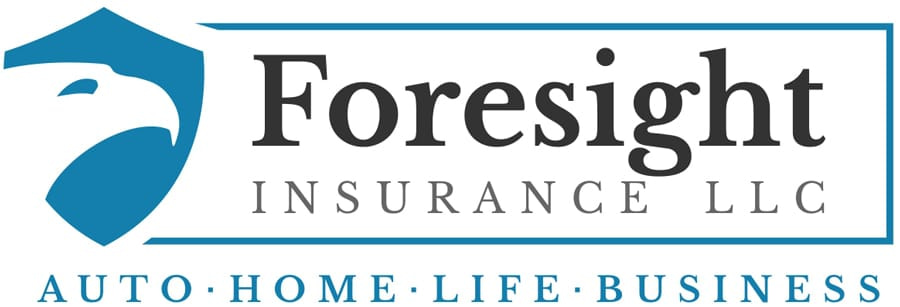How to Build a Disability-Inclusive Workplace

National Disability Employment Awareness Month (NDEAM) is observed each October. This is a time to celebrate the contributions of workers with disabilities and to showcase inclusive employment policies and practices that benefit both employers and employees.
Building a disability-inclusive workplace involves more than hiring people with disabilities. In truly inclusive workplaces, employers ensure all workers have equal opportunities to learn, advance, succeed, and be compensated appropriately. Inclusion involves creating environments that make it easier for people with disabilities to reach their potential where they are seen, valued, and appreciated for what they bring to the table.
Disability inclusion in the workplace means understanding and addressing the causes of all types of exclusion. It requires support for managers to be more empathetic and confident in creating environments inclusive of disabilities. Courageous communication about disability inclusion requires sensitivity, care, and transparency. The following are some tips on how to build a disability-inclusive workplace.
Implement Company-Wide Training in Disability Inclusion
Institute an education program to train company leaders on disability inclusion. Management should receive the education necessary to dispel any stigma or fear about hiring people with disabilities. The company should create an environment that allows employees to feel safe to discuss their concerns. Team leaders at all levels should be engaged and embrace the disability inclusion initiative.
Recruit, Hire, and Train Candidates with the Right Skills
The recruitment and hiring process should aim to attract and identify the best candidates with the right skills for the positions available. All qualified prospects, including people with disabilities, should be welcome to participate in the process. Start with community outreach using different recruitment sources. Examples of such sources may include:
- Vocational rehabilitation case managers
- Career services and disability resource centers in universities, colleges, and vocational schools
- Charity events to support local organizations that involve networking with attendees about employment opportunities
Provide Support for Employees With Disabilities
Postings for job openings can state that qualified candidates with disabilities are encouraged to apply and may request accommodations. HR and managers can collaborate on strategies to provide long-term support for employees with disabilities. One example of this type of support is technology to assist with job performance.
Disseminate the Company’s Disability Inclusion Plan
Ensure staff receive consistent messages about the importance of disability inclusion. When employees at all levels are aware and engaged, an inclusive workplace is more likely to thrive. To get the message out, use presentations from leadership, social media, company intranet, email, and signs or posters in the workplace. Share success stories as they occur. Presentations from leaders are essential to gaining understanding and support from all employees for an inclusion initiative.
Gauge Your Return on Investment in a Disability-Inclusive Workplace
It takes time and resources to create a truly disability-inclusive workplace. Measure the return on investment to help justify continuing the initiative. Although it may be difficult to assign a number to improvements in company culture or morale, you can measure factors such as lower recruitment costs, reduced absenteeism, and improved retention.
